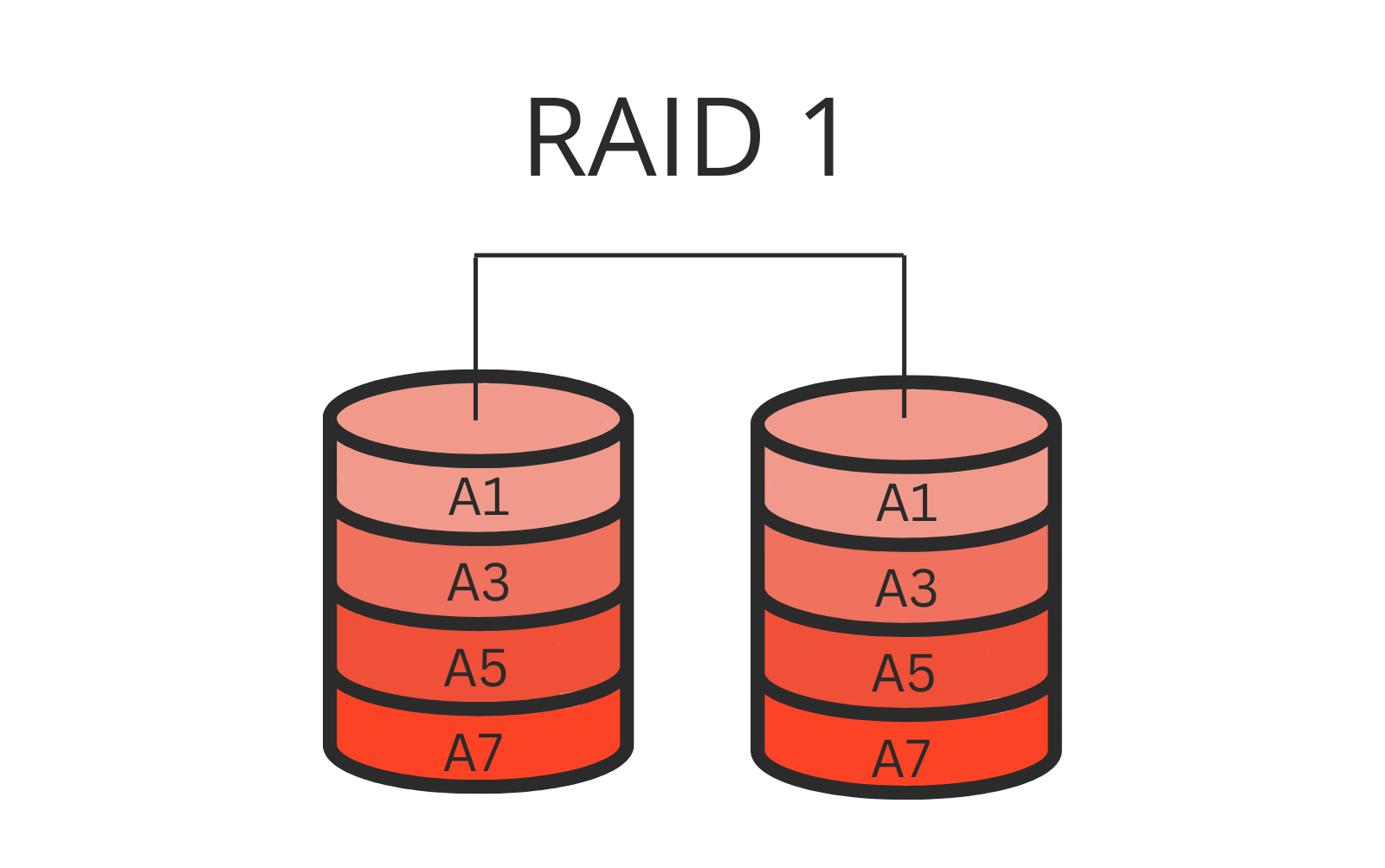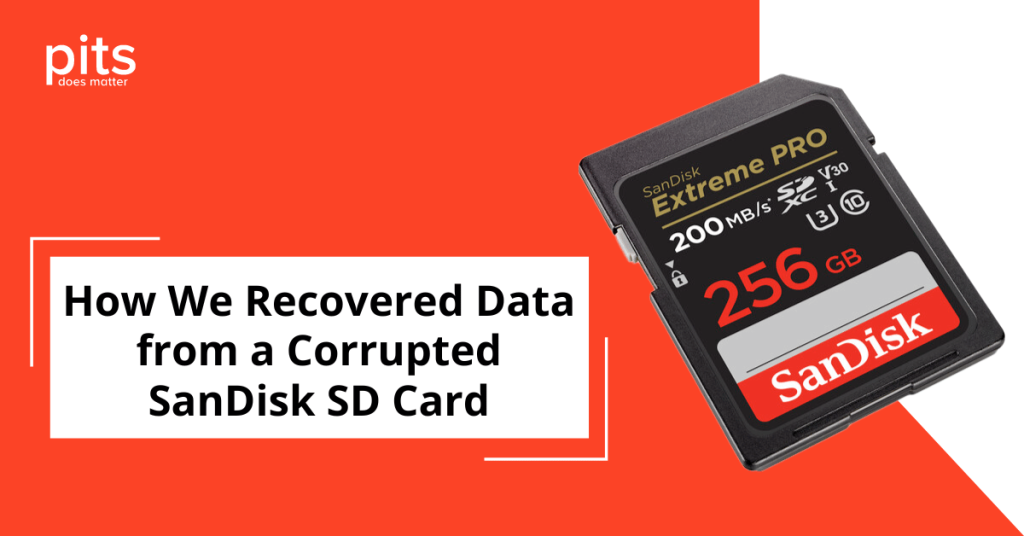Losing data can be a real nightmare, leading to substantial setbacks and potential disruptions to one’s business. That’s where RAID 1, or mirroring, as it’s commonly called, comes into the picture. In this blog, we’ll delve into the notion of RAID 1, its functionality, pros and cons, and the factors to ponder when opting for this setup.
How RAID 1 Works
An essential aspect of RAID 1 is the data rebuilding process that takes place after a drive failure. When a drive fails, the RAID controller smoothly transitions to the remaining drives, ensuring the system can maintain its normal functioning. The failed drive can subsequently be substituted with a new one, which automatically becomes part of the RAID 1 array.
Throughout the data rebuilding procedure, the RAID controller duplicates the data from the surviving drive to the new one, and the duration of this process depends on the drive size and data volume. While the data is undergoing rebuilding, there might be a temporary performance decline, leading to slower system operation.
It’s important to keep in mind that although RAID 1 provides protection against hardware failures, it doesn’t offer immunity against other types of data loss, like accidental deletion or malware attacks. To address these risks, it is vital to have a comprehensive backup strategy that complements the RAID 1 configuration.

RAID 1 Advantages
Data Redundancy: RAID 1 excels in providing data redundancy. By writing data simultaneously to multiple drives, it ensures the availability of a backup copy even if one drive fails.
High Reliability: This RAID level is highly reliable due to the mirroring of data on multiple drives. The risk of data loss resulting from hardware failure is significantly reduced.
Fast Read Performance: With data mirrored across multiple drives, RAID 1 can deliver faster read performance compared to a single drive configuration. Simultaneous data access from multiple drives enables quicker read times.
RAID 1 Disadvantages
Reduced Capacity: A notable drawback of RAID 1 is the reduction in overall storage capacity. Since data is mirrored across drives, the total array capacity is limited to that of a single drive.
Higher Cost: Implementing RAID 1 requires multiple hard drives, which can increase the overall cost of the system. Additionally, a RAID controller is necessary, further adding to the expense.
Slower Write Performance: Writing data to multiple drives simultaneously can result in slower write performance compared to a single drive setup. RAID 1 may not match the write speed of a standalone drive.
RAID 1, with its mirroring capabilities, offers a robust solution for guaranteeing data redundancy and high availability. It boasts numerous advantages in terms of data protection, reliability, ease of setup, and read performance.
However, it is crucial to conduct a thorough assessment of your environment’s specific requirements, taking into account factors such as capacity needs, budget limitations, and performance expectations, before opting for RAID 1. By carefully weighing the benefits and drawbacks, you can make an informed decision and implement the most appropriate RAID configuration to meet your data storage needs.
Frequently Asked Questions
What is RAID 1?
RAID 1, also known as “mirroring,” is a type of RAID configuration designed to provide data redundancy and fault tolerance. In RAID 1, data is duplicated across two or more drives, ensuring that if one drive fails, the data remains accessible from the duplicate drive.
How does RAID 1 work?
In RAID 1, data is written simultaneously to all drives in the array. This results in an exact copy, or mirror, of the data on each drive. If one drive fails, the other drive(s) continue to function, allowing for continued access to the data. This redundancy enhances data security and minimises downtime.
What are the benefits of RAID 1?
RAID 1 provides data redundancy, meaning your data is protected even if one drive fails. It offers quick data recovery by simply replacing the failed drive and rebuilding the mirror. RAID 1 is suitable for scenarios where data integrity and availability are crucial, such as in servers, databases, and critical workstations.
Are there any downsides to RAID 1?
While RAID 1 offers excellent data protection, it does come with a storage capacity trade-off. Since data is duplicated on each drive, the usable storage capacity is limited to that of the smallest drive in the array. Additionally, RAID 1 does not improve performance like other RAID levels that focus on performance enhancement.
Can I mix drives of different sizes in a RAID 1 array?
Yes, you can use drives of different sizes in a RAID 1 array. However, the usable capacity will be limited to that of the smallest drive. It’s advisable to use drives with similar capacities to maximise both redundancy and storage space.
We’re Here to Help
Our experienced team is committed to helping you recover your critical data. No matter the situation, we work diligently to ensure the best possible outcome. Take action now and let us restore what’s important to you.
Start Recovery Process
"*" indicates required fields


